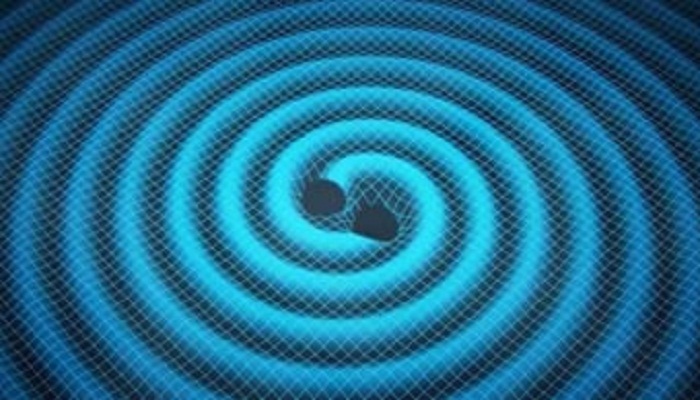
Scientists, including Indians working with the Laser Interferometer Gravitational-wave Observatory (LIGO), on Wednesday said that they successfully detected on August 14 the fourth gravitational wave, ripples in space and time, from the merger of two massive black holes.
And, for the first time, the detection was made jointly with the Virgo observatory from Europe. “The LIGO observatories in the US and the Virgo observatory in Europe have observed the gravitational wave signals from yet another merging black hole pair,” LIGO scientists said in a statement shared by them.
This, the scientists said has significantly contributed to the improved localization of this astronomical source in the sky, and enabled new tests of Albert Einstein’s theory based on the polarization of gravitational waves. Until the first detection of gravitational waves by the LIGO team in 2015, they existed only in Einstein’s theory.
The first two detections were made in September and December 2015 in quick succession and the third one came on January 4, 2017.The latest event, scientists said, was the first time when a third detector—other than the two operated by LIGO—confirmed.
“The Virgo detector started collecting data on August 1, 2017, and was soon bestowed with a detection, jointly with LIGO.
The signal was produced by the merger of two massive black holes, weighing 31 and 25 times the mass of the Sun at a distance of 1.7 billion light-years away from us. An energy equivalent to the mass of three Suns was radiated as gravitational waves in this energetic astronomical event,” the scientists said.
Results from the latest detection are presented in a new paper accepted for publication in the journal Physical Review Letters. The LIGO-Virgo collaboration includes more than a thousand scientists from many different countries, setting a great example in international scientific cooperation. The recent publication has 40 authors from 13 Indian institutions.
Over the last three decades, Indian scientists have done foundational work in various aspects of gravitational-wave science, including theoretical calculation of expected signals from astronomical sources, developing sophisticated data analysis techniques for searching weak gravitational-wave signals, and, the current Indian team in the LIGO-Virgo collaboration has made direct contributions.
“The Indian team has made contributions to the extraction of the properties of the astronomical source of the data and to the first tests of Einstein’s theory using these observations. The Indian contribution to this emerging frontier will grow significantly in the future, with the materialisation of the LIGO-India observatory, which is being built on Indian soil. This is expected to bring manyfold improvements to the source localisation accuracy,” the statement read.

Post Your Comments